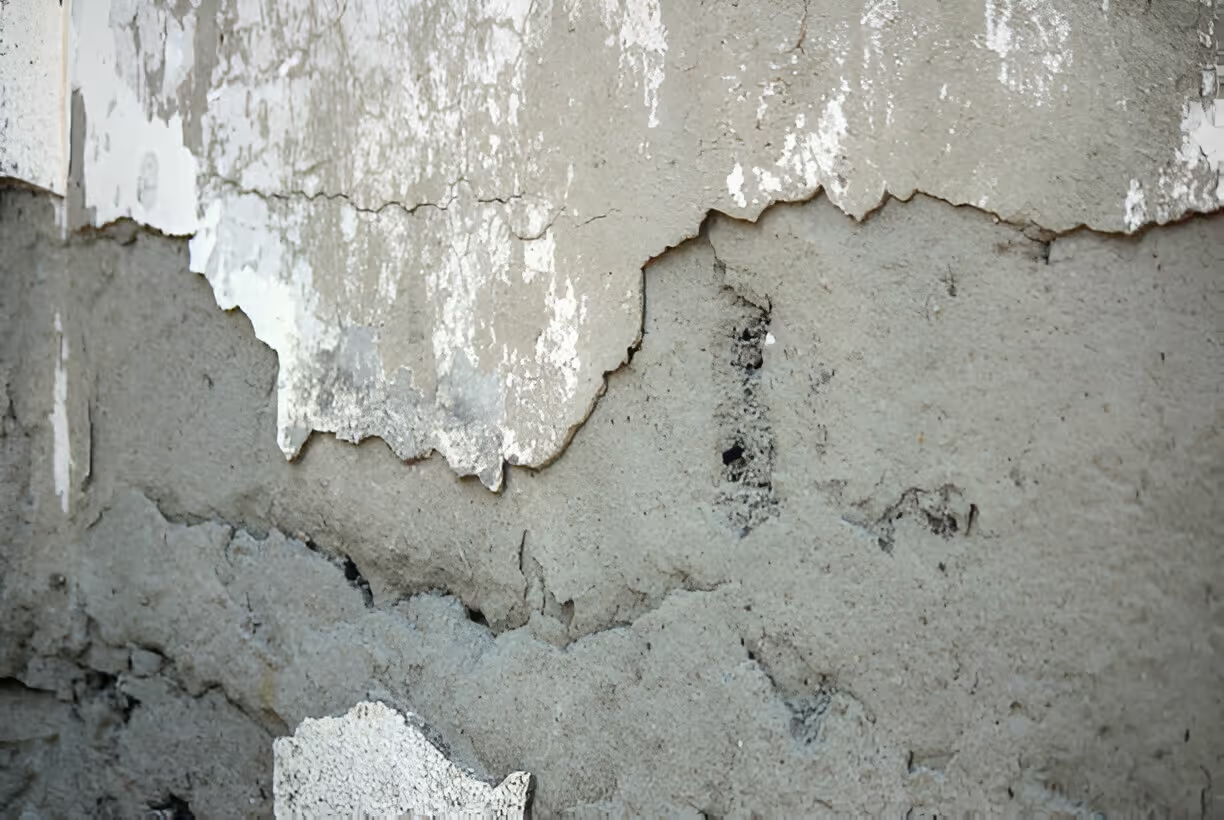Expert Slab Leak Detection and Repair in Tempe, AZ
A slab leak is a serious and potentially destructive plumbing issue that occurs in the water lines running beneath your home’s concrete foundation. Because these leaks are hidden from view, they can persist for an extended period, silently undermining your home's structural integrity, fostering unsafe mold growth, and leading to astronomical water bills. For homeowners in Tempe, addressing the possibility of a slab leak with urgency and expertise is crucial to protecting your property and ensuring the safety of your family.
A leak in a pressurized water line under your foundation is a problem that will not resolve itself. It requires immediate attention from qualified professionals who possess the specialized equipment and experience to accurately locate and repair the source without causing unnecessary damage to your home.

Common Warning Signs of a Slab Leak
Early detection is the most effective way to minimize the damage a slab leak can cause. If you notice any of the following signs, it is essential to investigate the possibility of a hidden leak beneath your foundation.
- An Unexplained Increase in Your Water Bill: A sudden and significant spike in your water usage that cannot be explained by changes in your household routine is a primary indicator of a hidden leak.
- The Sound of Running Water: If you can hear water running, hissing, or dripping when all faucets, toilets, and water-using appliances are turned off, it is a strong sign that water is escaping somewhere in your plumbing system.
- Hot or Warm Spots on the Floor: A leak in a hot water line will warm the concrete slab and the flooring above it. If you discover an unusually warm area on your tile, wood, or carpeted floor, it points directly to a potential hot water slab leak.
- Damp or Wet Flooring: Unexplained moisture, damp carpets, or water seeping up between floor tiles can indicate that water from a leak has saturated the slab and is now affecting your interior flooring.
- Musty Odors or Visible Mildew: The constant moisture from a slab leak creates a perfect environment for mold and mildew to grow within your walls, under your flooring, and in your cabinetry. A persistent musty smell is a common symptom.
- Cracks in Your Foundation or Walls: Over time, the water escaping from a slab leak can erode the soil supporting your foundation. This can cause the slab to shift and settle, leading to visible cracks in your home’s foundation, walls, or ceilings.
- Reduced Water Pressure: A significant leak in a main water line can cause a noticeable drop in water pressure throughout your entire home, affecting showers, sinks, and appliances.
- Water Pooling Around Your Home's Exterior: If you notice standing water, soggy patches of grass, or unexplained mud near your home's foundation, it could be water from a slab leak finding its way to the surface.
Our Advanced, Non-Invasive Leak Detection Process
Finding the precise location of a slab leak is a science. Gone are the days of destructive guesswork and breaking up large sections of concrete to find a leak. We utilize state-of-the-art, non-invasive technology to pinpoint the exact source of the problem with minimal disruption to your home and daily life.
Our diagnostic process involves a combination of advanced techniques, including acoustic listening devices that can hear the sound of water escaping a pipe deep beneath the concrete, thermal imaging cameras that detect the heat signature of a hot water leak, and pressure testing to confirm if the plumbing system is losing pressure. This meticulous approach ensures that we identify the exact break, allowing for a targeted and efficient repair strategy.
Comprehensive Slab Leak Repair Solutions
Once the leak has been located, we will consult with you to determine the best repair solution for your specific situation. The right approach depends on the age of your plumbing, the location of the leak, and the overall condition of your pipes.
- Direct Access Repair: Also known as a spot repair, this method involves making a small, targeted opening in the slab directly above the leak to access and repair the damaged section of pipe. This is often the most straightforward solution for newer homes with a single, isolated leak in an otherwise healthy plumbing system.
- Pipe Rerouting (Re-piping): If the leaking pipe is old, difficult to access, or if there is a risk of future leaks in the same line, rerouting is often the best long-term solution. This involves capping the old, leaking pipe under the slab and installing a new, durable pipe that runs overhead through the attic or around the exterior walls of the home. This bypasses the problem area entirely and minimizes the risk of future slab leaks.
- Epoxy Pipe Lining: For certain types of pipes with smaller leaks or pinholes, epoxy lining can be an effective, trenchless repair method. This process involves inserting a flexible, epoxy-saturated liner into the damaged pipe. The liner is inflated, pressing the epoxy against the interior walls of the pipe, where it cures in place to form a new, seamless pipe within the old one. This method avoids the need to break through the slab at all.
Beyond the Repair: Full Damage Mitigation
Fixing the leaking pipe is only the first step. The water that has escaped can cause significant secondary damage that must be addressed to fully restore your home and prevent long-term issues like wood rot and mold. Our comprehensive service extends beyond the initial plumbing repair. We focus on mitigating the water damage by thoroughly drying all affected areas, including the concrete slab, drywall, and subflooring, using commercial-grade air movers and dehumidifiers. This crucial step is vital for preventing the growth of hazardous mold and ensuring your home is returned to a safe, healthy, and pre-leak condition.






